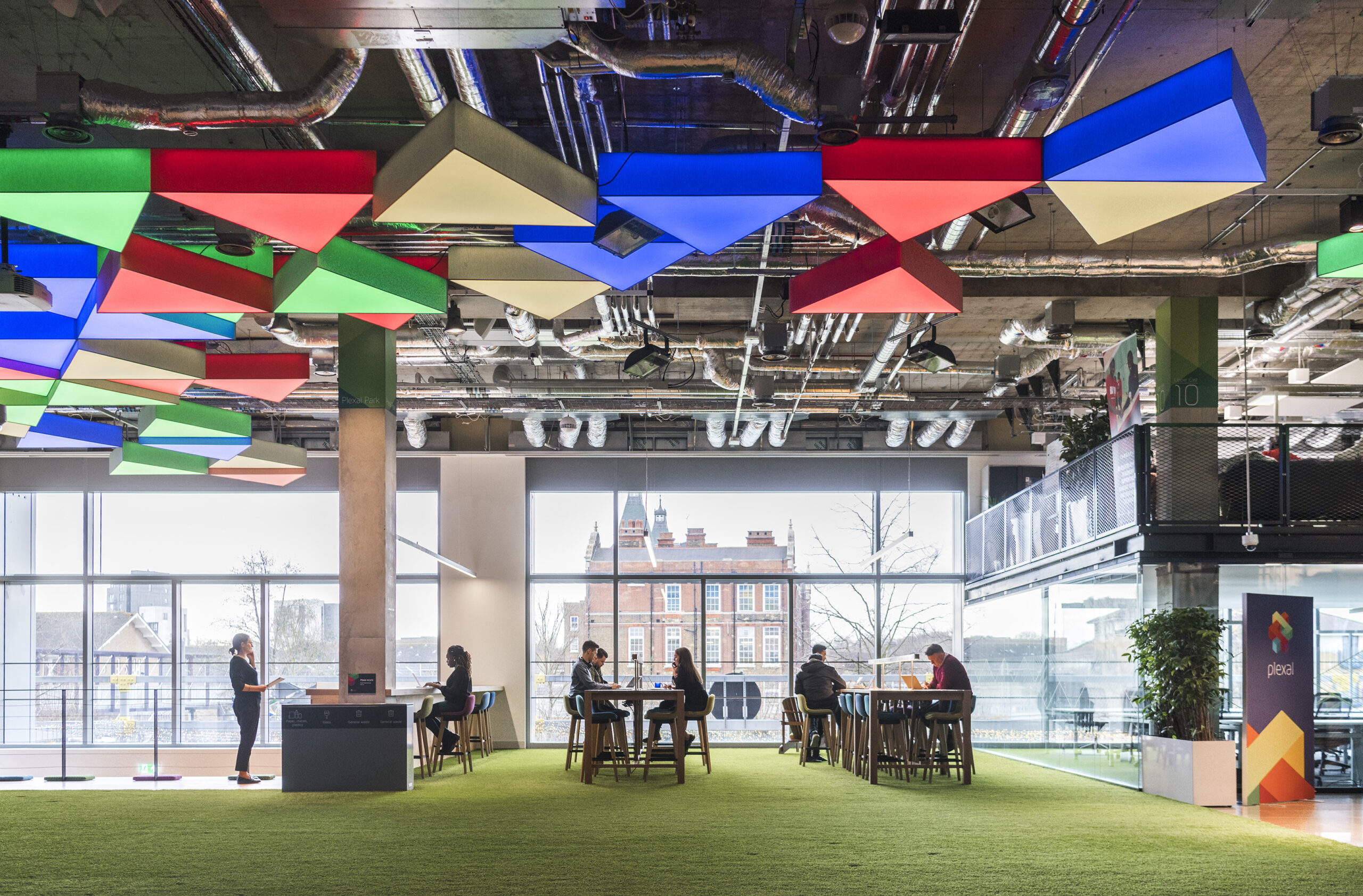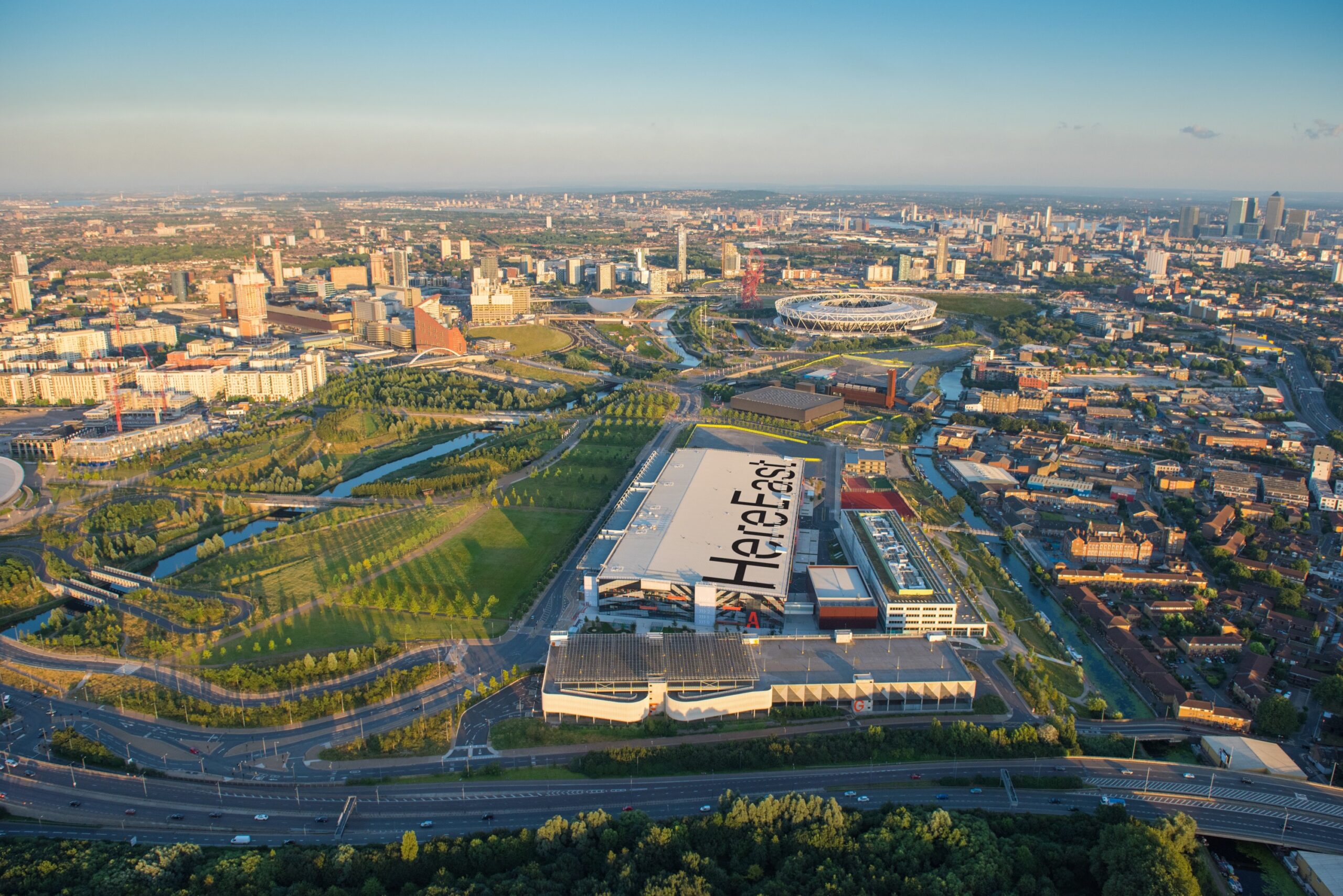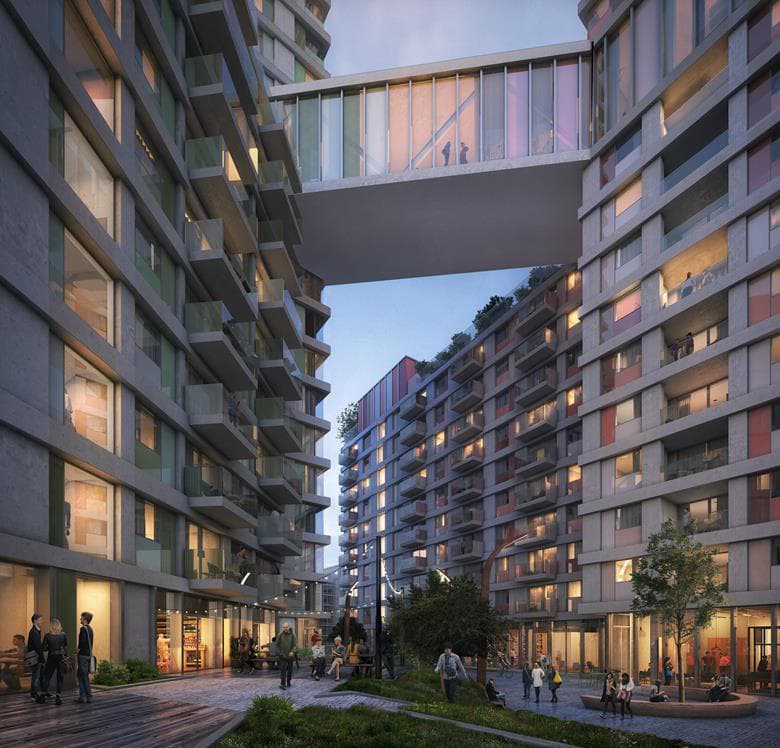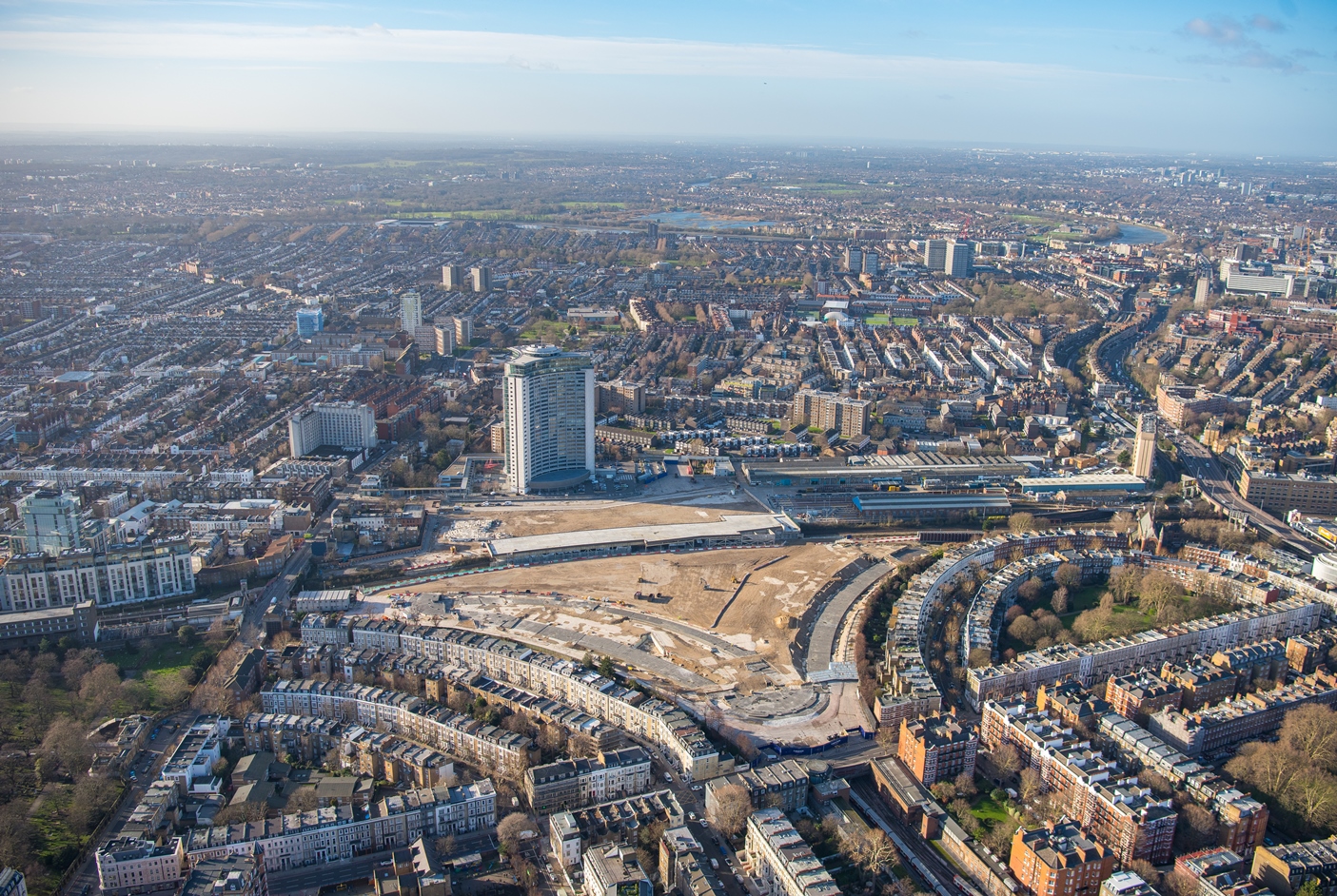
‘Making Revolution’ generates up to £18bn and 298,000 jobs for UK economy
“The last few years have seen a making revolution quietly taking place throughout UK industry. Improving productivity is the biggest challenge facing the UK economy, and it is clear that making has the potential to significantly boost economic output.”
- Making activities estimated to generate between £15.6 and £18.1 billion in Gross Value Added (GVA) for the UK economy in 2015
- Making activities are estimated to support between 256,000 and 298,000 jobs across the UK
- UK makers are estimated to be over 50% more productive than the average UK worker
- Warning that lack of access to skills, finance, infrastructure and information may constrain further growth of making activities
New research commissioned by Here East, and undertaken by Deloitte, today reveals for the first time the scale, impact and contribution of the making revolution: the birth and rapid growth of a new generation of industrialists having a transformative effect on UK manufacturing and product development.
The research demonstrates that makers are using rapid advances in technology to drive innovation and disrupt traditional business practices. Making activities are identified throughout a vast range of industries, including construction, architecture, engineering, scientific R&D, digital, coding, design and human health.
Crucially, as the UK economy grows, but growth in productivity – the economic output per individual – remains stubbornly low, the report finds that UK makers are approximately 51% more productive than the average UK worker. UK maker productivity is estimated to be £72,000 compared to the UK average productivity of £47,700. Productivity is considered to be fundamental to the long-term growth and sustainability of the UK economy, and Mark Carney, Governor of the Bank of England, stated recently that productivity growth “is the key determinant of income growth” and that “our shared prosperity depends on it.”
However, the growing contribution of making activities to the UK economy – measured by estimating the total number of people actively involved in making and then modelling their activity to estimate supply chain impacts – is under threat. Improving access to high-skilled workers, finance, infrastructure and information are crucial if businesses and products are able to scale quickly.
Commenting, Gavin Poole, CEO of Here East, who commissioned the research, said: “The last few years have seen a making revolution quietly taking place throughout UK industry. Improving productivity is the biggest challenge facing the UK economy, and it is clear that making has the potential to significantly boost economic output.
“However, if we want to remain at the forefront of global innovation, we must address the barriers to growth. We need better-skilled workers, greater access to finance, and crucially we need to enable collaboration between large and small companies. We must also develop a better understanding of the crossover between new and traditional industry sectors.”
For More Info Contact:
Kirsty Munro
Tel: 020 3544 4946
kirsty.munro@champollion.co.uk
Jack Kelly
Tel: 020 3544 4936
jack.kelly@champollion.co.uk
Katharine Walsh
Head of Communications
Delancey
Tel: +44 (0)20 7448 1461
Notes to Editors
What are ‘making activities’?
The making industry is made up of people and organisations who extend the DIY ethos into business. Making activities consist of individuals, organisations and businesses that are using rapid advances in technology to disrupt traditional business practices.
Modern technology has reduced the barriers to innovative ideas becoming products, and has made it easier than ever for a single individual or small business to invent and prototype unique products.
Making activities embraces new and unique applications of technologies, and encourage invention and prototyping. There is a strong focus on using and learning practical skills and applying them creatively, and this culture is now permeating businesses both small and large.
The output of making does not have to involve a physical product – the outputs can be as diverse as a tangible product like a car or something less tangible such as piece of downloadable software.
Making is not restricted to large-scale manufacturing or small-scale arts and crafts. Those involved in making can come from all parts of society: from industry experts to self-taught entrepreneurs; from small-scale start-ups to established multinationals with decades of history.
About Here East
Here East is London’s home for making, located at the heart of Queen Elizabeth Olympic Park in London. It is a dedicated place for individuals and companies who embrace and pioneer technology, share expertise and are creating the products of tomorrow.
It is a unique campus where creative businesses growing in scale join businesses of scale growing in creativity. It is designed as a place for start-up, entrepreneurial businesses to co-exist and collaborate with global, established businesses and support genuine product innovation.
Here East provides over one million square feet of dedicated and versatile spaces for creative and digital companies. It combines unparalleled infrastructure with a unique environment to facilitate collaboration and the exchange of ideas. Here East includes shared workspaces and public areas to foster a tight community, alongside a shared yard with space for discussion and events, a landscaped canal side and artisan cafes, shops and restaurants.
Here East is being developed by iCITY, a company owned by clients of Delancey, a specialist real estate investment and advisory company.
For further information visit www.hereeast.com
About Delancey
Delancey is a specialist real estate investment, development and advisory company with over 20 years’ experience and a portfolio that covers retail, residential and commercial developments across London and the UK. Working with a wide range of assets, partners and clients, Delancey takes a diverse approach to creating value from property. As well as sourcing and negotiating direct property and corporate transactions,
Delancey advises on appropriate capital structures, procures third party financing and provides pro-active asset management and development services. One of Delancey’s most high profile assets is the East Village (formerly known as the Athletes’ Village). Adjacent to Here East and Queen Elizabeth Olympic Park, East Village offers a once in a lifetime opportunity to be able to develop and deliver a vibrant new neighbourhood and community for London. For further information visit www.delancey.com





